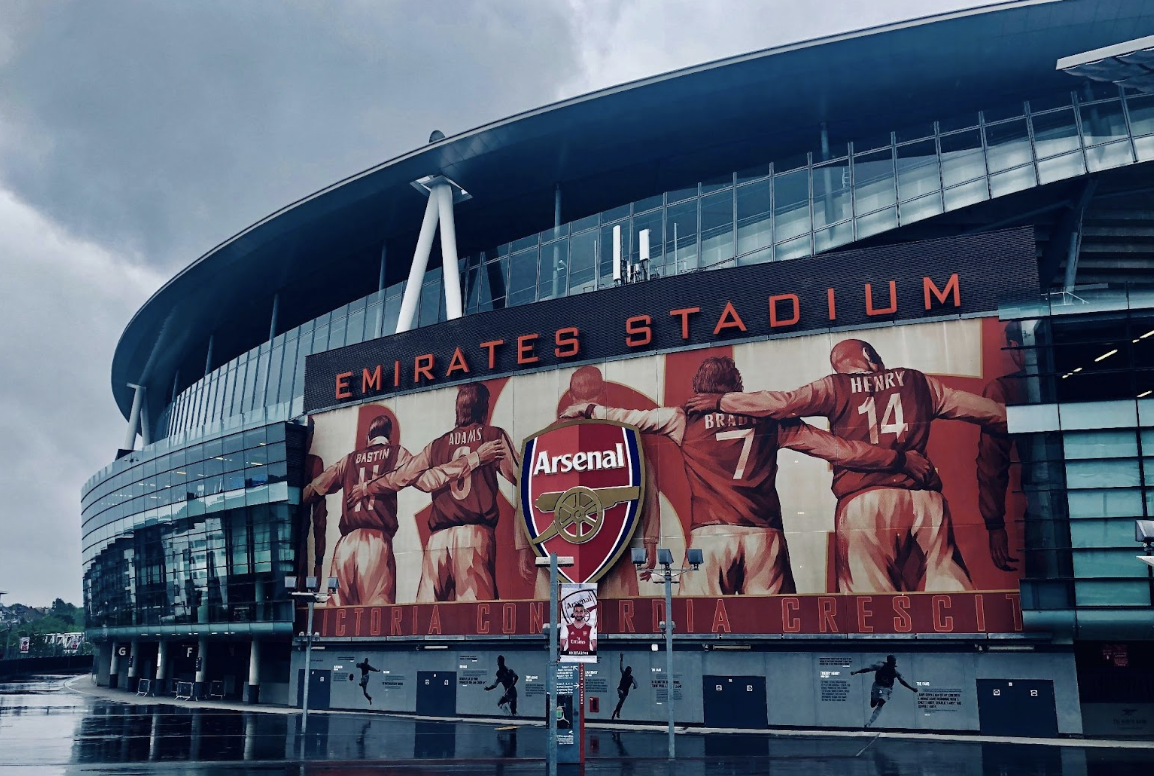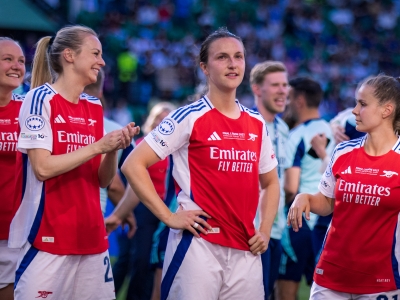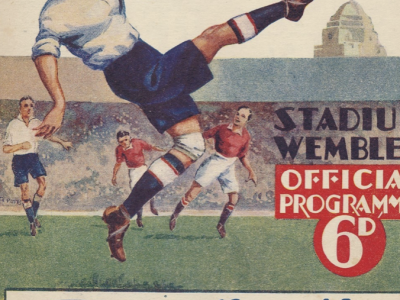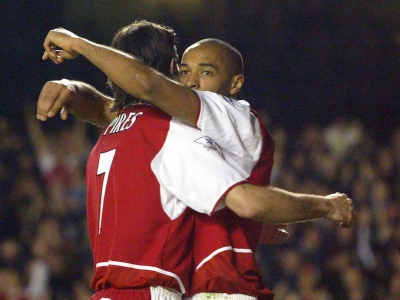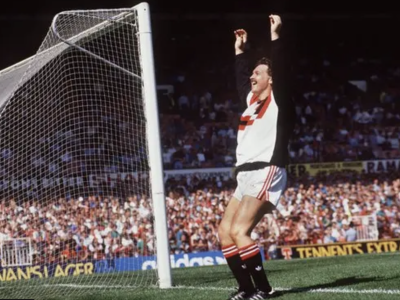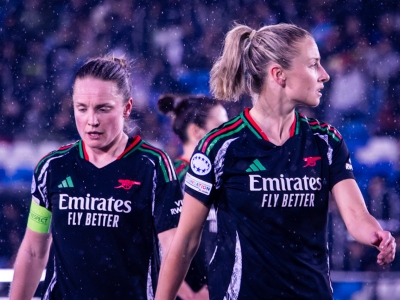For years, Arsenal FC has been popular for its excellent gameplay and even its entertaining players. But away from the pitch and numerous awards they’ve won, it is also a complex business operation, just like any major club. Every season, the club and its managers manage millions in income and expenses, and make financial decisions that influence the club’s sporting success and stability in the industry.
Matchday Revenue
For most clubs, if not all, their most visible, stable, and consistent source of income comes from ticket sales (season tickets or single match), hospitality packages (club level or VIP boxes), in-stadium spending on food, drinks, and merchandise, and even parking. Altogether, this makes up what is called matchday revenue.
The Emirates Stadium has over 60,000 capacity and this gives Arsenal huge leverage. It allows them to generate one of the highest average matchday incomes in the Premier League. Arsenal is among the top clubs globally for stadium revenue in the 2022/23 season (about £102.6million), and this can easily be linked to high ticket demand and corporate hospitality sales.
For fans, buying a ticket is not just about watching the game, which can be done easily in the comfort of their home. It is more about the experience and adrenaline that comes from watching their favourite players live on the field. That experience keeps fans coming back, spending on food, drinks, and merchandise, and makes matchdays a special event worth the extra cost. Some fans also show their passion by betting on games. This can include using bookmakers without gamstop restrictions, which offer more betting options for those looking beyond UK-licensed sites.
Broadcasting Rights
Another source of income for most Premier League clubs is Television and streaming rights. And compared to other income streams, it is the largest. Because the Premier League has a mainstream global reach, they have lots of broadcasting deals which bring in hundreds of millions annually, and are usually divided between domestic and international contracts.
Certain factors also affect this income. For example, between domestic and international contracts. The club’s position in the league and participation in competitions like the UEFA Champions League can also translate into millions in extra revenue.
Commercial Sponsorships and Partnerships
The revenue obtained from partnerships and sponsorships is another huge aspect of Arsenal’s financial model. Arsenal has held a partnership for years with Emirates Airlines, which includes shirt sponsorship and naming rights for the stadium. This partnership remains one of the most recognisable deals in football.
They also have a long-term partnership with Adidas on kit manufacturing, and the contract is often reported to generate revenue worth £75 million annually.
Sports brands aside, the club is in partnership with different brands in industries like technology, travel, and finance. These brands not only bring in revenue, but they also expand the club’s global reach and aid in the maintenance of the club’s international profile.
The Player Trading Economy
The player trading economy is what everyone knows as transfers or signings. Arsenal's approach to player trading had changed under Mikel Arteta and sporting director Edu. In recent years, the club has heavily invested in young players with high potential like Gabriel Jesus and Declan Rice.
Players who do not fit the club’s needs anymore are sold to other teams. These sales, often for first-team players or academy graduates, help in balancing the books and create space for new signings. BBC Sport reports that the club’s net transfer spend has increased to about £500 million, but independent analyses indicate the club is investing with an emphasis on long-term squad value rather than short-term fixes.
Betting and Gambling Partnerships
For a very long time, betting companies have partnered visibly with football clubs, and even Arsenal has engaged in sponsorships within this sector. However, front-of-shirt gambling ads, which have been one of the most popular branding strategies for betting companies, are set to be banned in the Premier League from the 2026/27 season. Other forms of partnership, like sleeve sponsorship or regional deals, still remain an option. These arrangements usually generate a lot of revenue, but there have also been criticisms concerning excessive gambling promotion in sports.
Local and Community Economic Impact
Arsenal’s presence in areas like Islington goes beyond just football. Matchdays mean that local businesses make a lot of sales from transport services, restaurants, hotels, to bars. The club also runs community programmes in areas like education, sports development, and social inclusion.
These programmes and initiatives play both social and economic roles and hold value. They also reinforce the club’s role as a community anchor and indirectly contribute to their reputation and fan loyalty.
Expenses and Financial Outflows
While there’s a lot of revenue coming in, there are also significant expenses and costs. The largest expense is tied to players’ wages (about £330 million as at the 2023/24 season), seconded by transfer fees, stadium maintenance, and operational costs. The wage bill has also increased as the club plans to retain key talents who are on open, competitive contracts.
A lot of expenses are also made on investment and maintenance of facilities, including the training ground and youth academy. In the modern football economy, careful management of these outflows is as important as increasing income.

